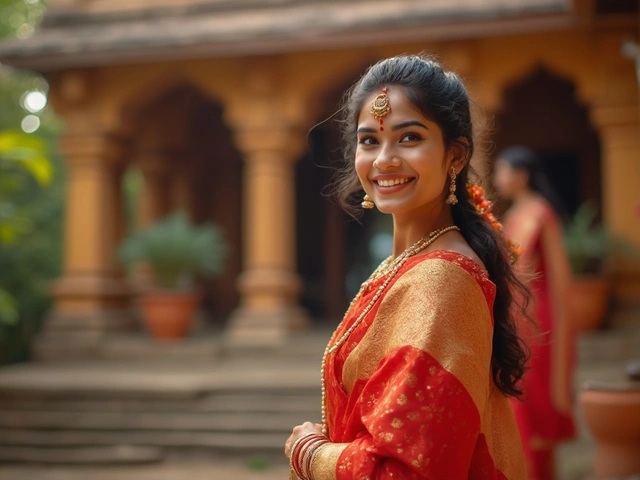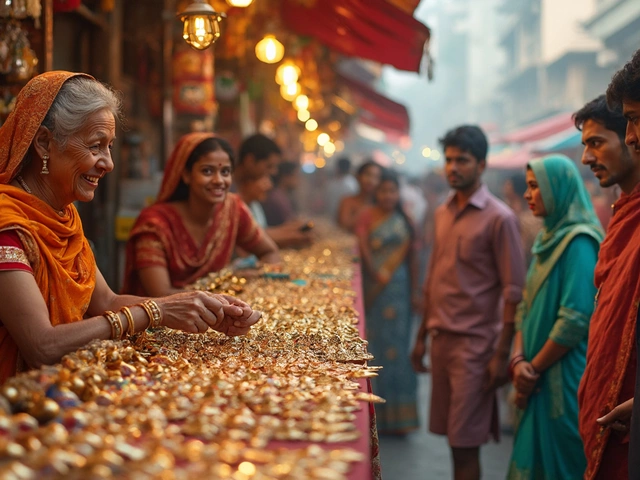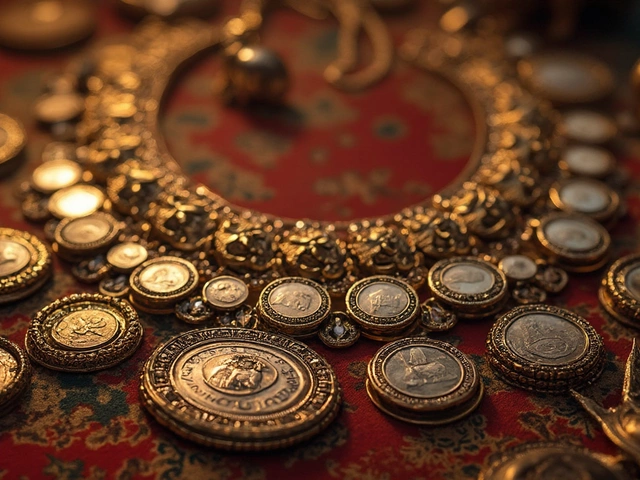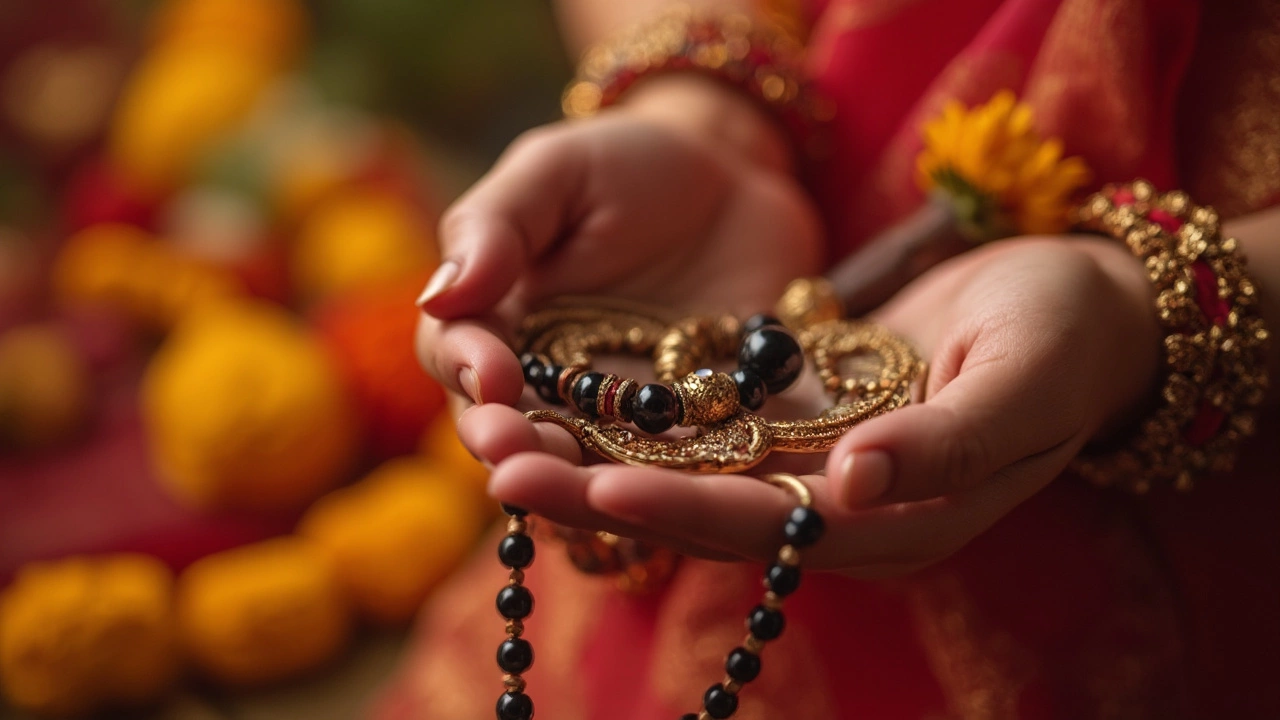
So, imagine this: thousands of married women across India wake up, slip that familiar string of black beads around their neck, barely thinking twice about it. That’s a routine stronger than morning chai. But honestly, have you ever wondered if those black beads on the mangalsutra are just pretty jewelry, or is there something deeper going on? Spoiler: There’s a lot more than meets the eye, and it’s pretty fascinating, with a mix of culture, symbolism, and some downright clever practicality. Mangalsutra isn’t just an accessory—those black beads have been loaded with meaning and purpose for centuries.
The Roots and Rich History of Mangalsutra
Dating all the way back to ancient India, the mangalsutra has never just been a piece of bling. Swipe through old family photo albums, and you’ll find grandmothers and great-grandmothers all rocking their own versions, sometimes as extravagant gold chains, sometimes as simple strings. The basic design? A black bead necklace tied by the groom around the bride’s neck during the wedding ceremony, to mark her as married. This tradition didn’t just spring up overnight—it comes from old Sanskrit scriptures. The word “mangalsutra” actually mashes together “mangal” (auspicious) and “sutra” (thread/cord). This small string became one of the most recognizable signs of Hindu marriage, kinda like a wedding ring in other cultures, except packed with so much more cultural and spiritual flavor.
Throughout history, mangalsutras have reflected time, place, and social status. Some communities use two strings for extra protection, some add gold coins or diamonds alongside the classic black beads mangalsutra. In fact, certain South Indian mangalsutras called “thalis” have a completely different pendant style than North Indian ones. It’s got regional flair. Some scholars say early versions of the mangalsutra were just simple yellow threads dipped in turmeric for good luck, with black beads added later on for added significance and, believe it or not, some street-smart practicality. As women traveled and daily life got busier, that little string gave an extra edge against the evil eye and everyday wear and tear. Even Bollywood has made the mangalsutra a drama magnet—from secret marriages to stolen jewelry, its symbolism hits hard in Indian pop culture. It remains a badge of honor, pride, and love that just never goes out of style.
The Symbolism and Meaning of Black Beads
If you think black beads are just for looking fancy, think again. These beads pack in centuries’ worth of superstition, beliefs, and meaning. Black, in Indian tradition, is a color that absorbs negative energy. That’s why people often put kohl on babies or hang black threads at home: supposedly, it protects against “buri nazar” or evil eye. Now picture wearing a whole string of protective black beads—it's like carrying a personal security guard with you everywhere you go.
The black beads on a mangalsutra are said to ward off jealousy, misfortune, and bad luck, and keep the husband and wife’s bond strong. Some elders believe that if the beads break or get lost, it brings bad vibes or spells trouble for the marriage. So, women get them restrung immediately—no messing around. The belief isn’t just about superstition; it’s also about creating a daily ritual and tangible symbol for the marital bond. Just touching the beads or remembering to wear the mangalsutra becomes a silent reminder of commitment and respect.
What’s cool is how the number of beads, their size, and even the pattern can be customized. Some families listen to astrologers or family elders to decide all this, adding another unique layer to every necklace. It may sound old-school, but for many, this is what keeps the tradition real and alive. Also, while gold pendants and diamonds might scream 'status symbol' today, the black beads stick to their original role as tiny, powerful protectors. It’s like blending fashion with function.
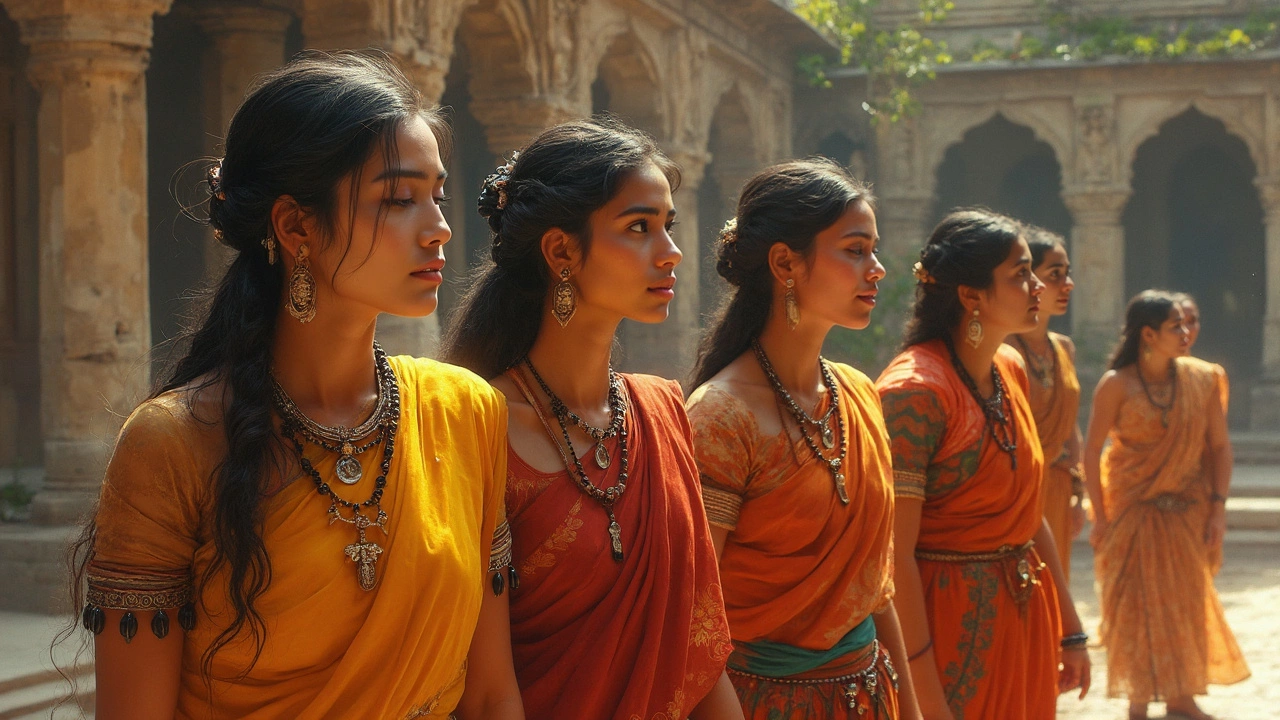
Modern Mangalsutras: Mixing Trend and Tradition
Today’s world isn’t about blindly following what grandma did, but that doesn’t mean people are ditching the mangalsutra’s black beads any time soon. In fact, jewelry designers are constantly reimagining what it means to wear one. Scroll through any bridal trend Instagram page and you’ll find mangalsutras with minimal designs, geometric pendants, diamond accents, and even colored stones, all while keeping those iconic black beads somewhere in the mix.
Women today want convenience along with tradition. Since most folks work in offices or hop around the city on a scooter, bulky necklaces that get caught in everything just don’t cut it. So designers have started making shorter, lighter mangalsutras—sometimes even as bracelets or rings—to fit modern lifestyles. But here’s the kicker: even the sleekest designs rarely drop the black beads. The symbolism is too strong to ignore. Brides often buy “daily wear” mangalsutras for work or travel, and save their family heirlooms for big occasions. That way, they don’t have to choose between comfort and culture. And, some men are getting in on the trend too, wearing their own versions to symbolize equal partnership or shared tradition.
Jewelry brands are also getting creative, offering customization like initials, zodiac symbols, or anniversary dates along with those classic black beads. Some couples even choose matching his-and-her designs. That’s a level of personalization earlier generations never had. But through all the fashion statements and trend experiments, the core stays the same: black beads are here to stay because the emotional connection just runs too deep. They're not just ornaments; they're daily armor and reminders of a bond that’s meant to last.
Tips for Choosing and Caring for Your Mangalsutra
If you’re picking out your first mangalsutra, the choices can honestly be overwhelming. Do you go for classic yellow gold, funky rose gold, or platinum? More importantly, how many black beads should you pick, and do different bead styles matter? While every family has their own rituals and preferences, here are a few tips to make your decision smoother:
- Pick a style that fits your lifestyle: If you’re active, all-day wearers usually prefer a lighter chain so it doesn’t snag on things.
- Check the thread or chain quality: Traditionally, black beads were hand-strung on thick cotton threads, but today you get gold, silver, or even platinum chains. Invest in strong, flexible chains that don't snap easily.
- Find the right bead count: Some families prefer odd numbers for luck, often 9, 21, or 108 beads, but you can choose what feels right or matches your tradition.
- Take regular care: A table below breaks down some easy steps to keep your mangalsutra in top shape.
| Care Step | How Often | Purpose |
|---|---|---|
| Clean with mild soap & water | Monthly | Removes dust and sweat, keeps beads shiny |
| Check clasps & links | Quarterly | Prevents accidental loss |
| Store separately in soft pouch | Always | Prevents scratches/nicks |
| Professional inspection | Once a year | Fixes weakened threads or broken beads |
Being practical is key. If a bead goes missing or the thread starts to look weak, handle repairs quickly. As every auntie will remind you: better safe than sorry!
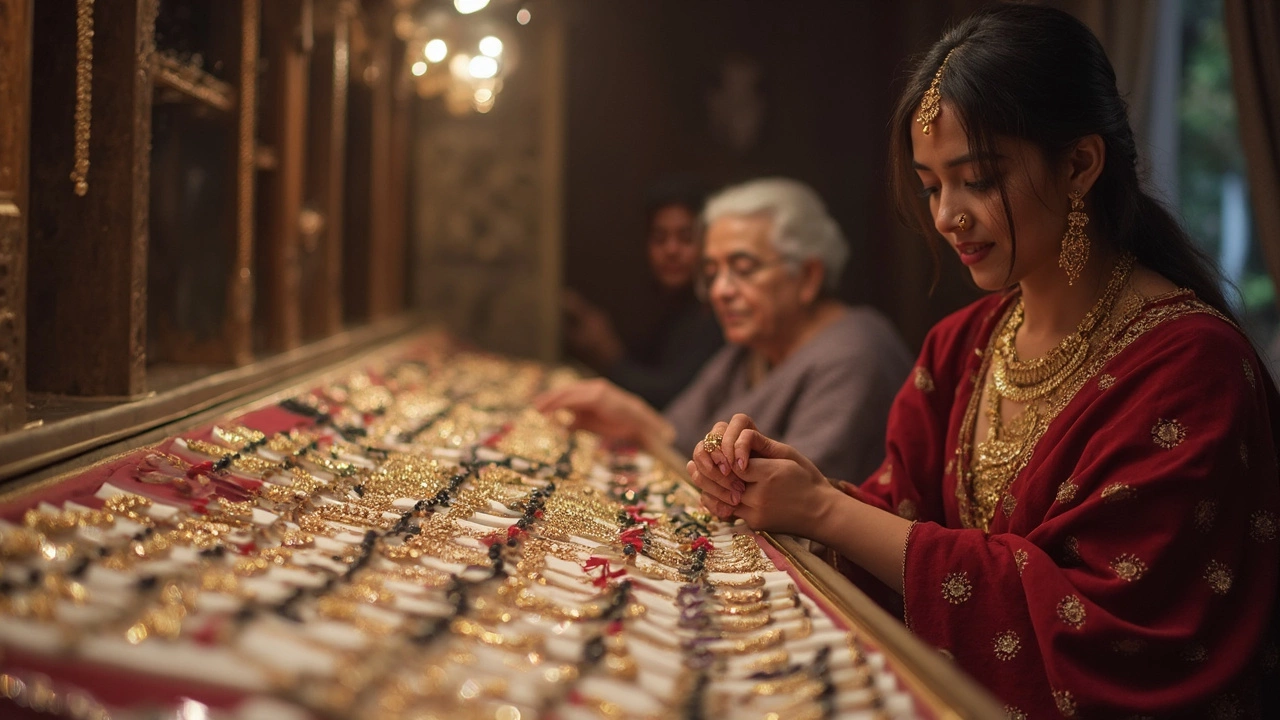
The Debate: Is It Really Necessary to Have Black Beads?
Now, here’s the twist you might not expect. There are plenty of people today who say the black beads are symbolic, but following the spirit of the ritual is what matters most. Some new-age couples focus more on celebrating their bond in their own way—maybe using a simple pendant, a minimalist chain, or sometimes even skipping jewelry altogether. Others hold on tight to tradition, believing that skipping black beads is like forgetting the meaning of mangalsutra itself.
While there are no rule police for this, families can get pretty passionate about what counts as a ‘real’ mangalsutra. I’ve heard friends argue over dinner tables, some insisting the ritual is incomplete without black beads, and others saying it’s just outdated superstition. What’s consistent, though, is the desire to honor commitment—whether it takes shape as a gold mangalsutra dripping with black beads or a simple strand with just a hint of tradition.
There’s also a fun curiosity factor—sometimes people spot someone wearing a different mangalsutra style and ask about its meaning or history. That’s how traditions grow and spread—by inspiring questions. The truth? Whether you stick with the classic black beads or personalize your mangalsutra, the power of the symbol lies in what it means to the people who wear it. For some, it’s spiritual and protective. For others, it’s a family tradition. And for plenty, it’s a stylish nod to culture with a modern twist. Whether you call it practical or profound, black beads in mangalsutra continue to hold their ground in a world that loves to mix the old with the new.
